Crossing the vast dessert, we made our way to Abu Simbel in Nubia, southern Egypt. Abu Simbel is one of the most famous ancient Egyptian monuments after the Pyramids and Sphinx and is listed as a UNSECO World Heritage Site.
This temple that stands now was relocated in its entirety in 1968 from been submerged during the creation of the Lake Nasser, which is an artificial water reservoir formed after the construction of the Aswan High Dam on the Nile River.
In the early days, ancient Egyptians could only reach the temple in their sails as the dessert route was inaccessible.
With worship being paramount to their lives, the ardous journey was not a deterrence to them.
Meeting the temple built by the mightiest of the pharaohs, Ramses II, the four colossi of himself carved out of a mountain is nothing short of magnificent.
The closer i walked towards it, the smaller i felt (in every sense).
The sheer size glorified the power and pride of the king during his reign.
(Unfortunately, pictures were not allowed inside the temple.)
Walking into the temple, was a humbling experience as i felt my insignificance walking through the towering row of statues leading into the main altar.
(source: google images)
The interior though less spectacular than its facade also has no wall left untouched; intricately carved with egyptian gods, rituals and beliefs.
The thing that intrigued me the most is how on the every 22nd February and 22nd October annually, the first rays of the rising sun will penetrate the temple and illuminate the Holy Quartet (except Ptah on the left).
(source: google images)
The significance of the dates are still a mystery but they are believed to be the anniversaries of Ramses's coronation and birth.
How they aligned the sun to light the temple altar is definitely an architectural genius considering the technology available in that era.
I marvel at the workmanship of the carvings.
This temple that stands now was relocated in its entirety in 1968 from been submerged during the creation of the Lake Nasser, which is an artificial water reservoir formed after the construction of the Aswan High Dam on the Nile River.
In the early days, ancient Egyptians could only reach the temple in their sails as the dessert route was inaccessible.
With worship being paramount to their lives, the ardous journey was not a deterrence to them.
Meeting the temple built by the mightiest of the pharaohs, Ramses II, the four colossi of himself carved out of a mountain is nothing short of magnificent.
The closer i walked towards it, the smaller i felt (in every sense).
The sheer size glorified the power and pride of the king during his reign.
(Unfortunately, pictures were not allowed inside the temple.)
Walking into the temple, was a humbling experience as i felt my insignificance walking through the towering row of statues leading into the main altar.
(source: google images)
The interior though less spectacular than its facade also has no wall left untouched; intricately carved with egyptian gods, rituals and beliefs.
The thing that intrigued me the most is how on the every 22nd February and 22nd October annually, the first rays of the rising sun will penetrate the temple and illuminate the Holy Quartet (except Ptah on the left).
(source: google images)
The significance of the dates are still a mystery but they are believed to be the anniversaries of Ramses's coronation and birth.
How they aligned the sun to light the temple altar is definitely an architectural genius considering the technology available in that era.
I marvel at the workmanship of the carvings.
Abu Simbel is worth the travel- journeying through the vast dessert for hours to actually seeing the temple itself has been an unforgettable experience for me.
Another one off my bucket list. :-)
On the way, don't forget to enjoy the breath-taking view of the Lake Nasser ...
and in Aswan, also do savour the Nubian cuisine unique to the region.
A satisfying lunch it was with a view to boot!
Pictures taken with a Panasonic Lumix Camera.
TBC...
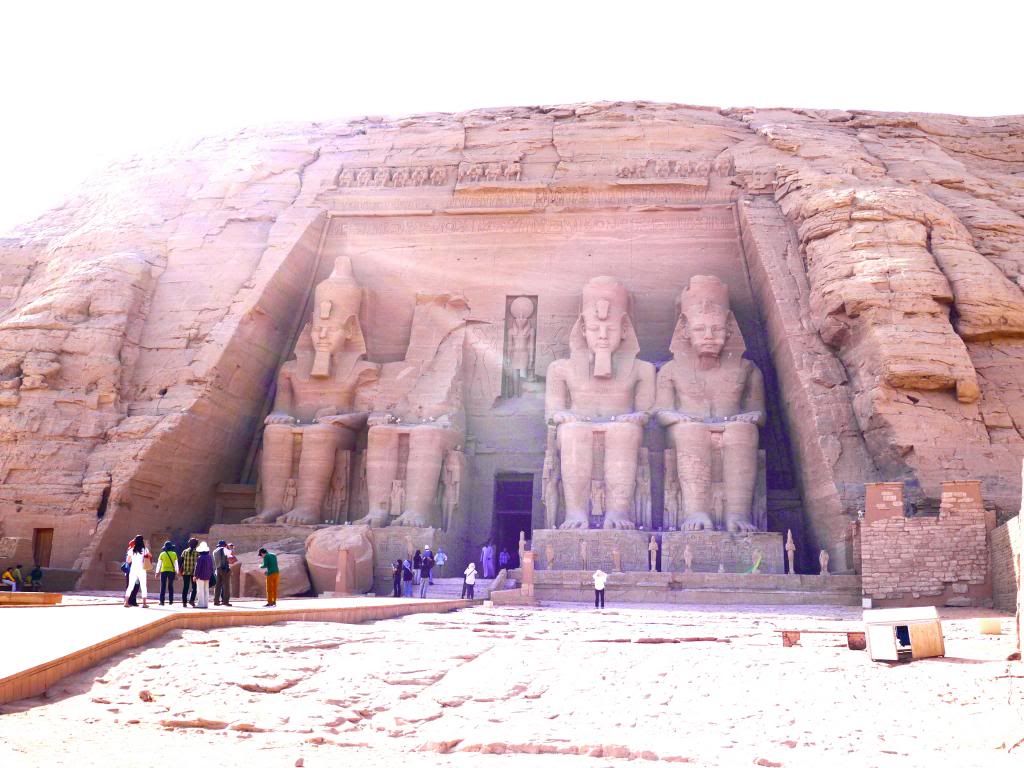
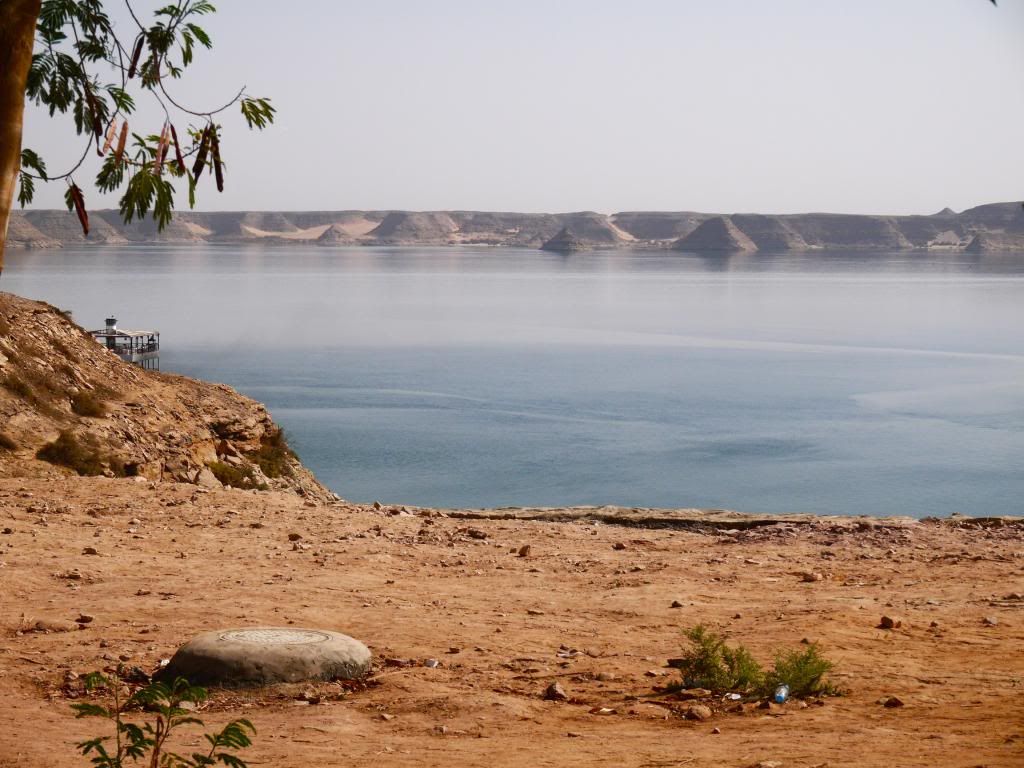
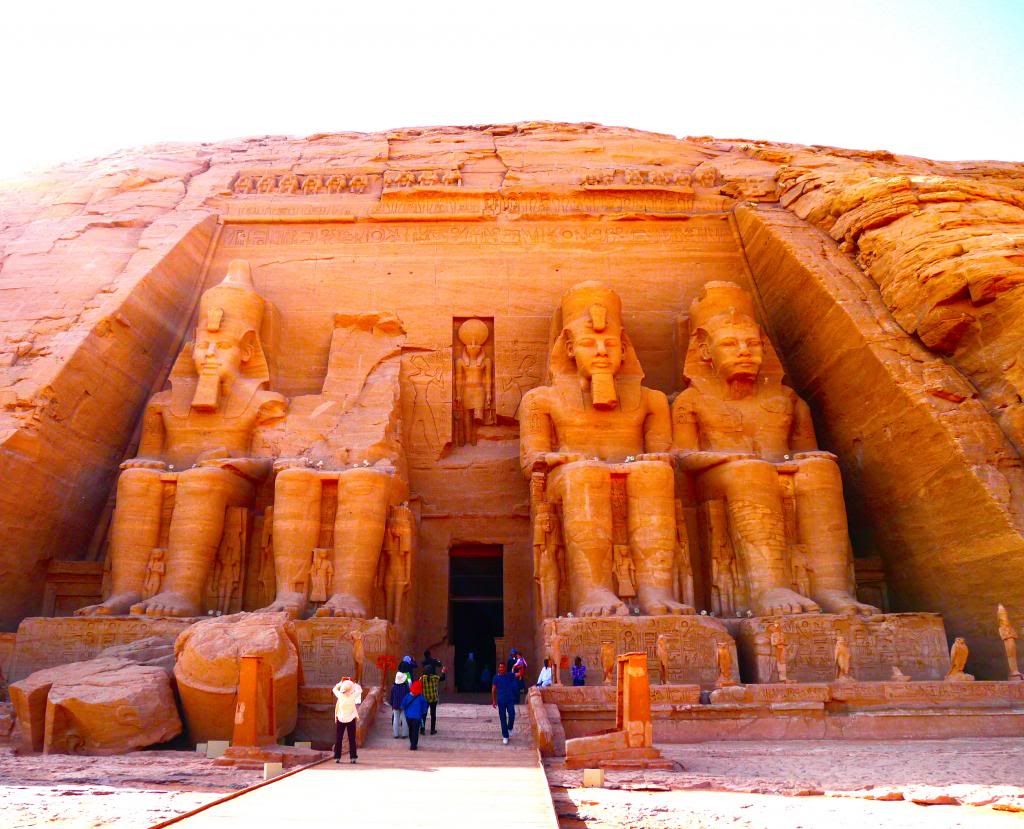
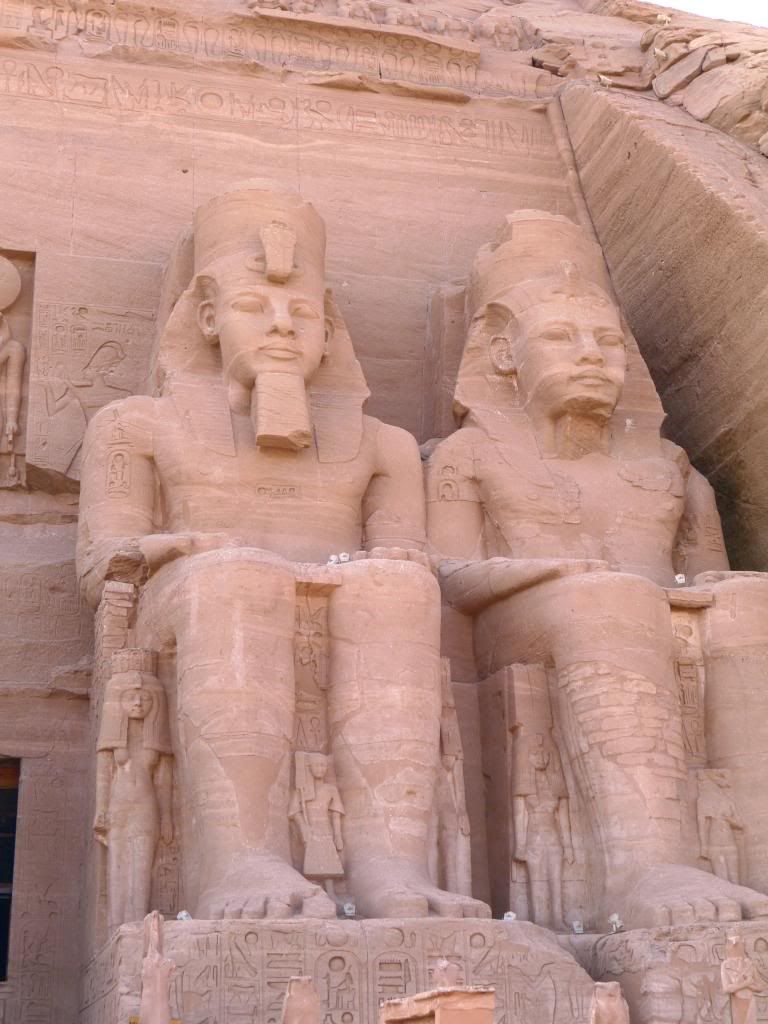
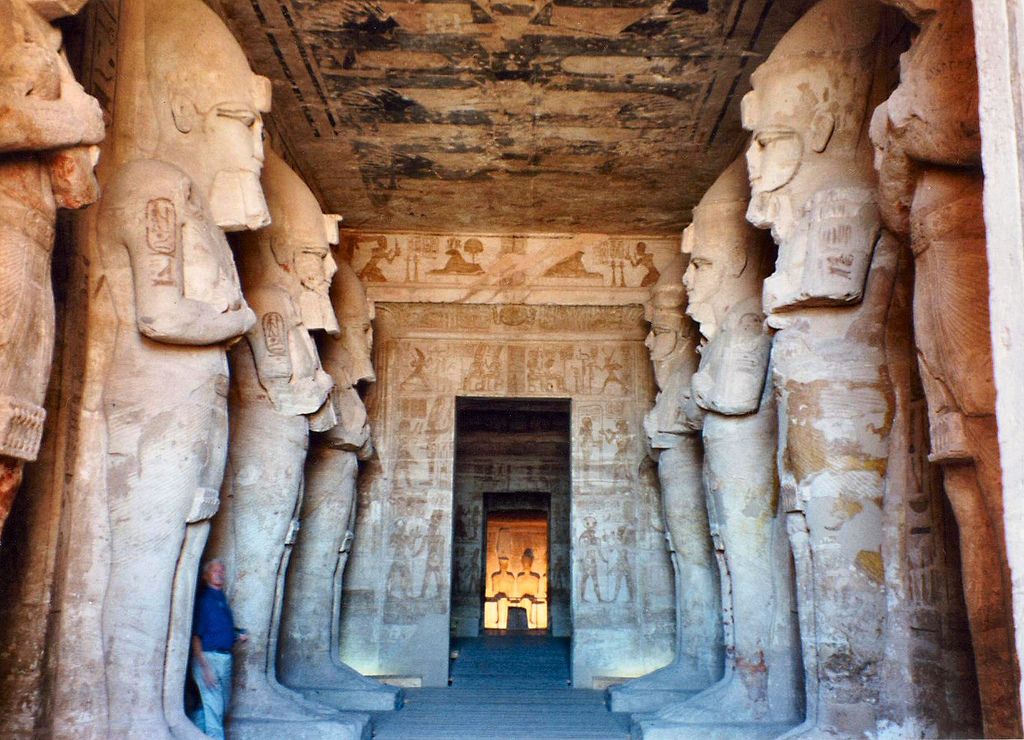
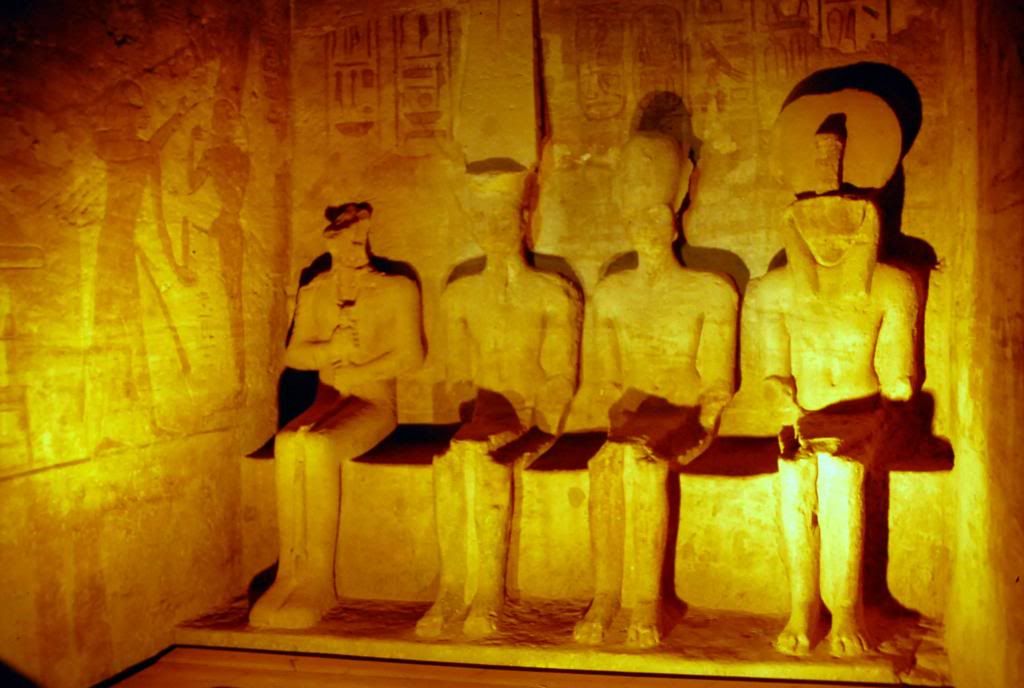
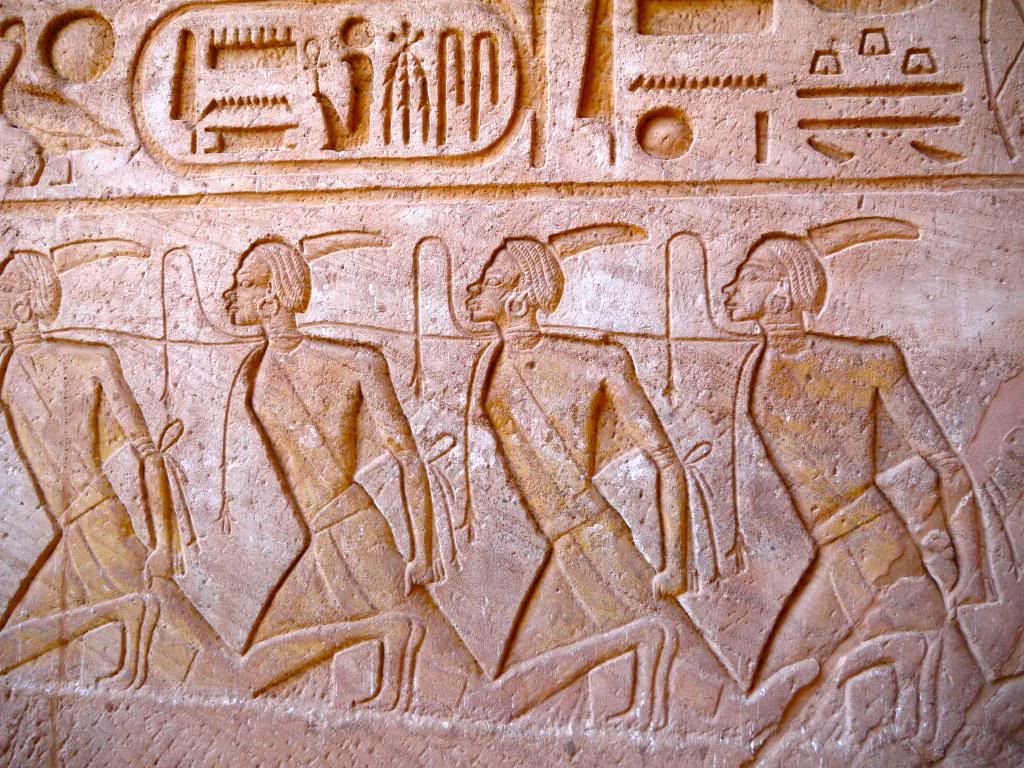
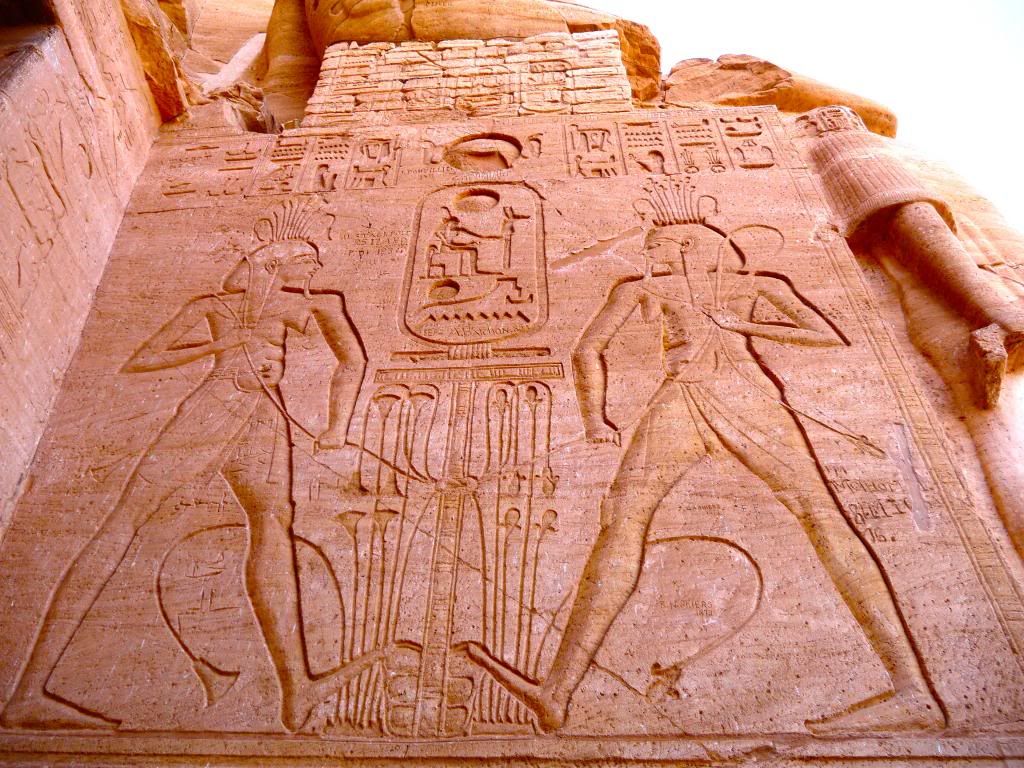
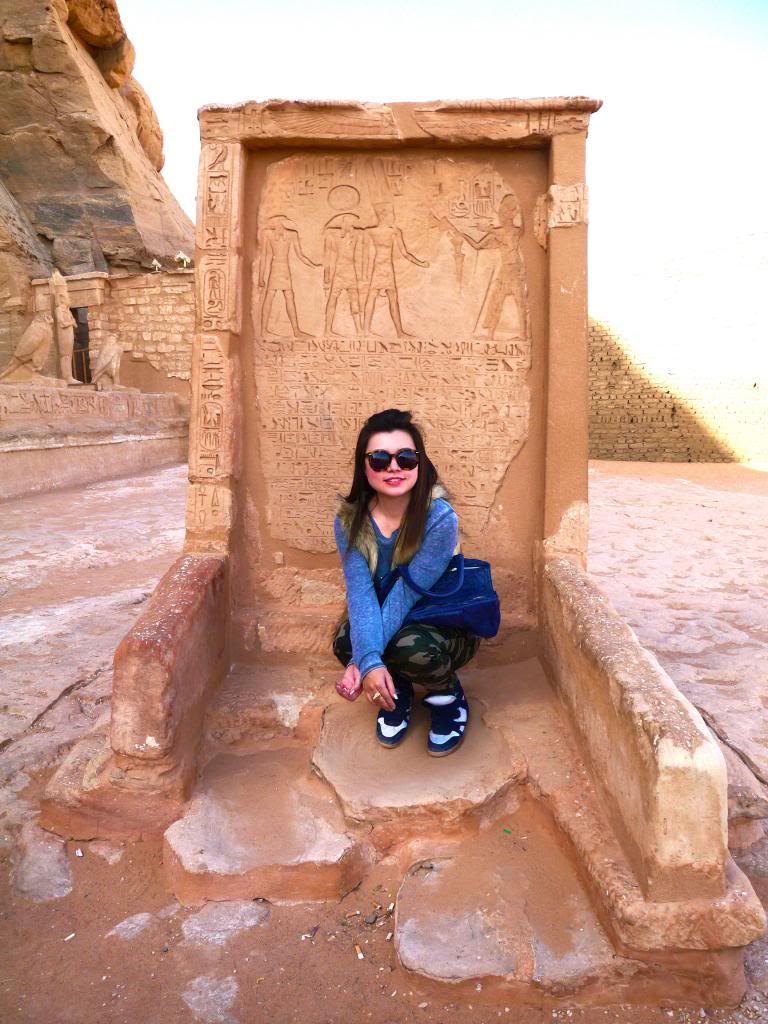
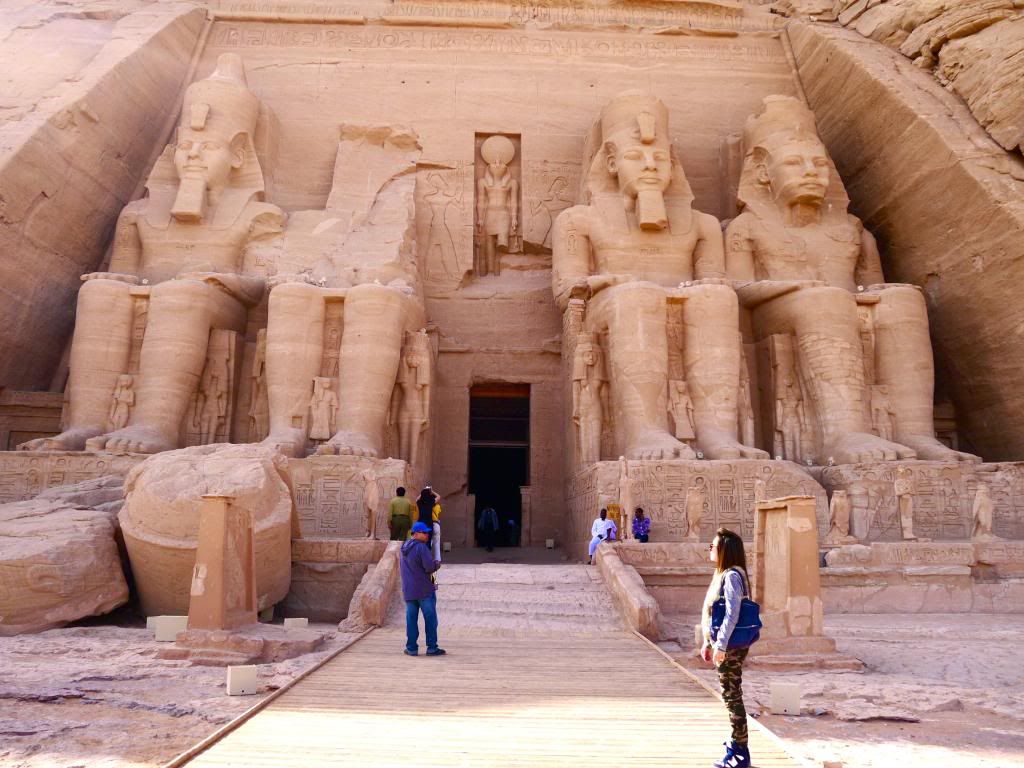
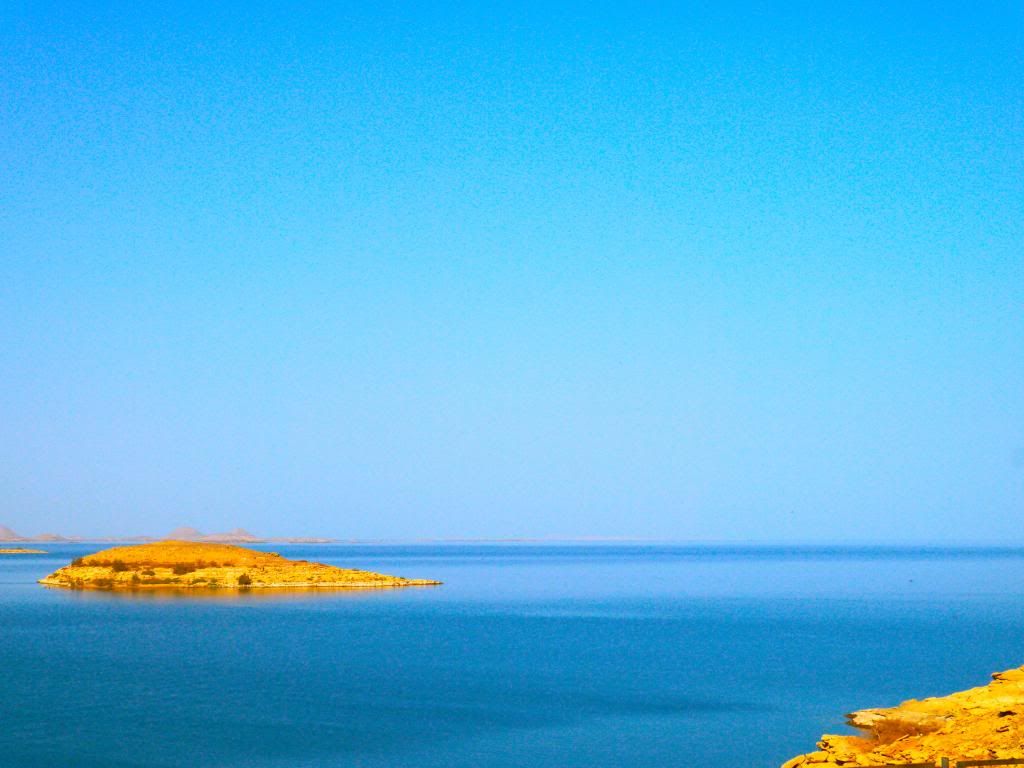

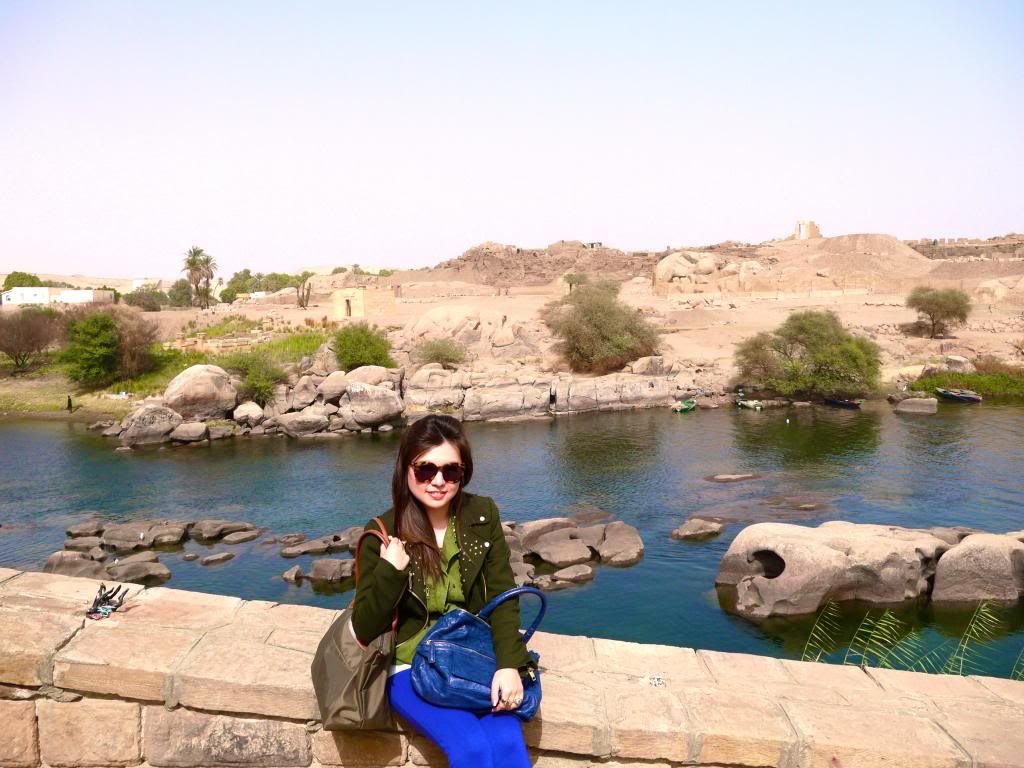
No comments:
Post a Comment